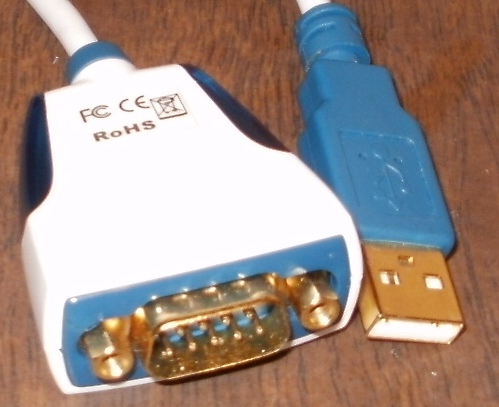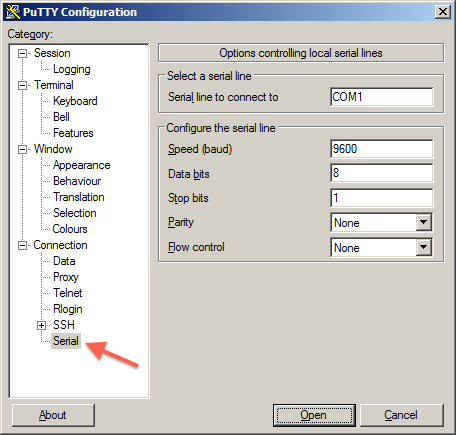
The SSH server is configured to redirect data from a specified port (which is local to the host that runs the SSH client) through a secure tunnel to some specified destination host and port. Ĭonnections from an SSH client are forwarded, via an SSH server, to the intended destination server. By using local port forwarding, firewalls that block certain web pages are able to be bypassed. forward data securely from another client application running on the same computer as a Secure Shell (SSH) client. It is used to let a user connect from the local computer to another server, i.e. Local port forwarding is the most common type of port forwarding.

Port forwarding can be divided into the following specific types: local, remote, and dynamic port forwarding. An application that provides an Internet-based service may discover such gateways and use the UPnP IGD protocol to reserve a port number on the gateway and cause the gateway to forward packets to its listening socket. UPnP defines the Internet Gateway Device Protocol (IGD) which is a network service by which an Internet gateway advertises its presence on a private network via the Simple Service Discovery Protocol (SSDP).
#Port forward serial number install#
The Universal Plug and Play protocol (UPnP) provides a feature to automatically install instances of port forwarding in residential Internet gateways.
#Port forward serial number software#
Running with superuser privileges (in order to bind the port) may be a security risk to the host, therefore port forwarding is used to redirect a low-numbered port to another high-numbered port, so that application software may execute as a common operating system user with reduced privileges. Unix-like operating systems sometimes use port forwarding where port numbers smaller than 1024 can only be created by software running as the root user. Usually only one of the private hosts can use a specific forwarded port at one time, but configuration is sometimes possible to differentiate access by the originating host's source address. This usually results in the source address (and port number) being changed to that of the proxy machine. When a port forward is implemented by a proxy process (such as on application layer firewalls, SOCKS based firewalls, or via TCP circuit proxies), then no packets are actually translated, only data is proxied. When used on machines that are not the default gateway of the network, the source address must be changed to be the address of the translating machine, or packets will bypass the translator and the connection will fail. The source address and port are, in this case, left unchanged. When used on gateway devices, a port forward may be implemented with a single rule to translate the destination address and port. BSD and macOS operating systems prior to Yosemite (OS 10.10.X) implement it in the Ipfirewall (ipfw) module while macOS operating systems beginning with Yosemite implement it in the Packet Filter (pf) module. In Linux kernels, this is achieved by packet filter rules in the iptables or netfilter kernel components. Running a publicly available game server within a private LANĪdministrators configure port forwarding in the gateway's operating system.Permitting FTP access to a host on a private LAN from the Internet.Permitting Secure Shell access to a host on the private LAN from the Internet.Running a public HTTP server within a private LAN.

Typical applications include the following: Often, the port numbers of well-known Internet services, such as port number 80 for web services (HTTP), are used in port forwarding, so that common Internet services may be implemented on hosts within private networks. External hosts must know this port number and the address of the gateway to communicate with the network-internal service. When configuring port forwarding, the network administrator sets aside one port number on the gateway for the exclusive use of communicating with a service in the private network, located on a specific host. The computers behind the router, on the other hand, are invisible to hosts on the Internet as they each communicate only with a private IP address.

The NAT device's external interface is configured with a public IP address. Hosts on the private network are connected to an Ethernet switch or communicate via a wireless LAN. In a typical residential network, nodes obtain Internet access through a DSL or cable modem connected to a router or network address translator (NAT/NAPT). Port forwarding allows remote computers (for example, computers on the Internet) to connect to a specific computer or service within a private local-area network (LAN).


 0 kommentar(er)
0 kommentar(er)
